HDR emerged in the broadcasting industry and gradually expanded to the mobile device side. The introduction of this concept and technology in the field of LED display is relatively lagging behind. As the pioneer of LED display technology and the earliest technology implementer, Nova is aiming to bring a better picture quality experience to customers.
What is HDR
We are in a colorful world. In order to present this colorful world through the display screen, human beings have invented various equipment, such as cameras, cameras, televisions, etc., and have developed many advanced technologies. HDR is one of them.
The HDR full name is High-Dynamic Range, which is a high dynamic range image technology. This technology was first applied to photography, and HDR was turned on during the photo process to make the original dark scene brighter and more transparent. Now, HDR technology has been applied to various aspects such as home appliances and smart terminals. The LED display field is also beginning to truly experience the advantages of HDR technology because of Nova Technology.
What can HDR bring?
Take the TV for an example. The range of brightness that traditional TVs can exhibit is extremely limited, far from what the human eye can perceive. The reason is that the brightness of the traditional TV in the bright part of the picture cannot be lifted, and the darkness is not dark. This leads to a poor sense of layering in the final perception of the human eye, and a large amount of detail is lost.
HDR super-quality display technology can solve this problem perfectly. Compared with the mainstream SDR 1080P display technology currently available on the market, HDR has a higher pixel loading: 3840×2160; a wider color gamut range: BT2020. The same picture can display more color information, more details of the details of the image. At the same time, with the more advanced electro-optical conversion technology, the brightness and dark contrast of the picture is improved in all directions, so that one picture can display the most realistic appearance in all directions.
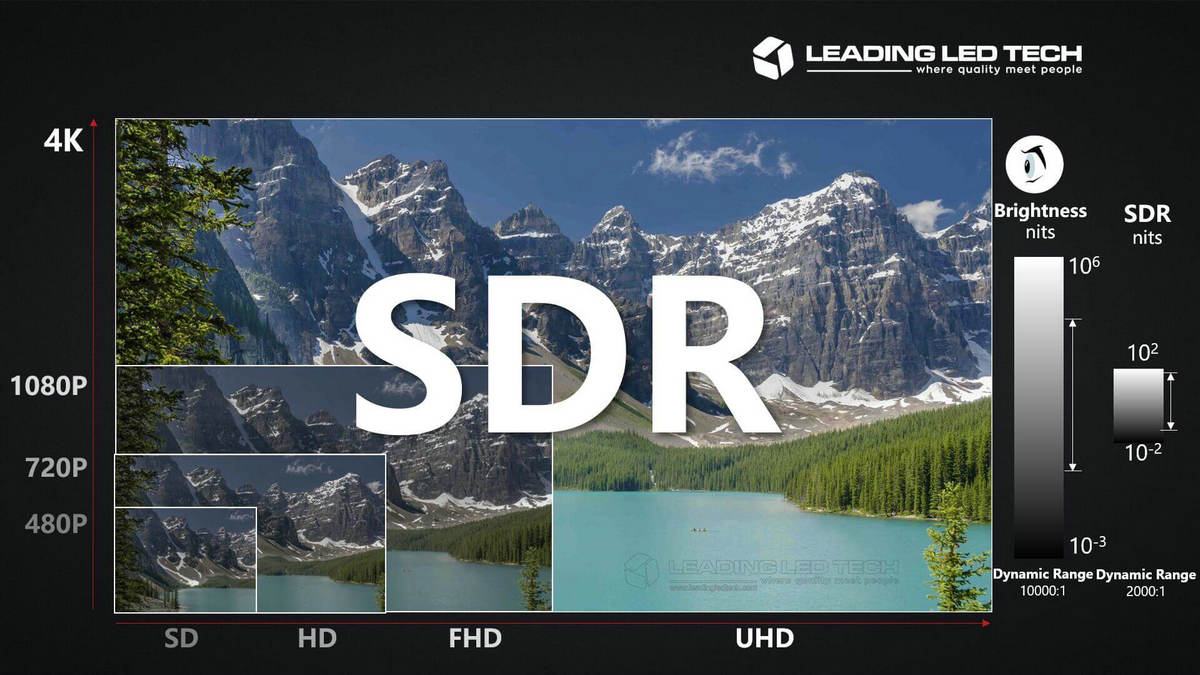
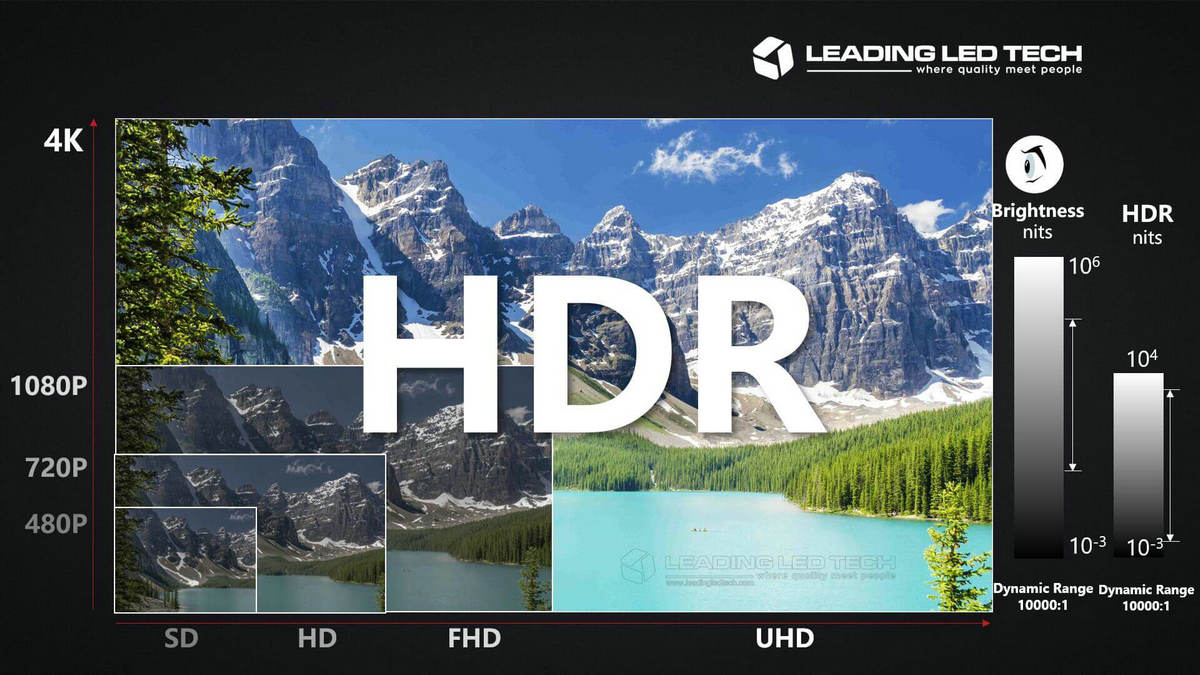
In the LED display industry, Nova Technology took the lead in making video processing equipment that supports HDR source analysis, driving LED display into the HDR era.
HDR is better than SDR for display
As you can see from the above image, the HDR image shows more highlights and shadow details. The human eye looks much full and the color transition is smoother.
5 dimensions of image quality improvement
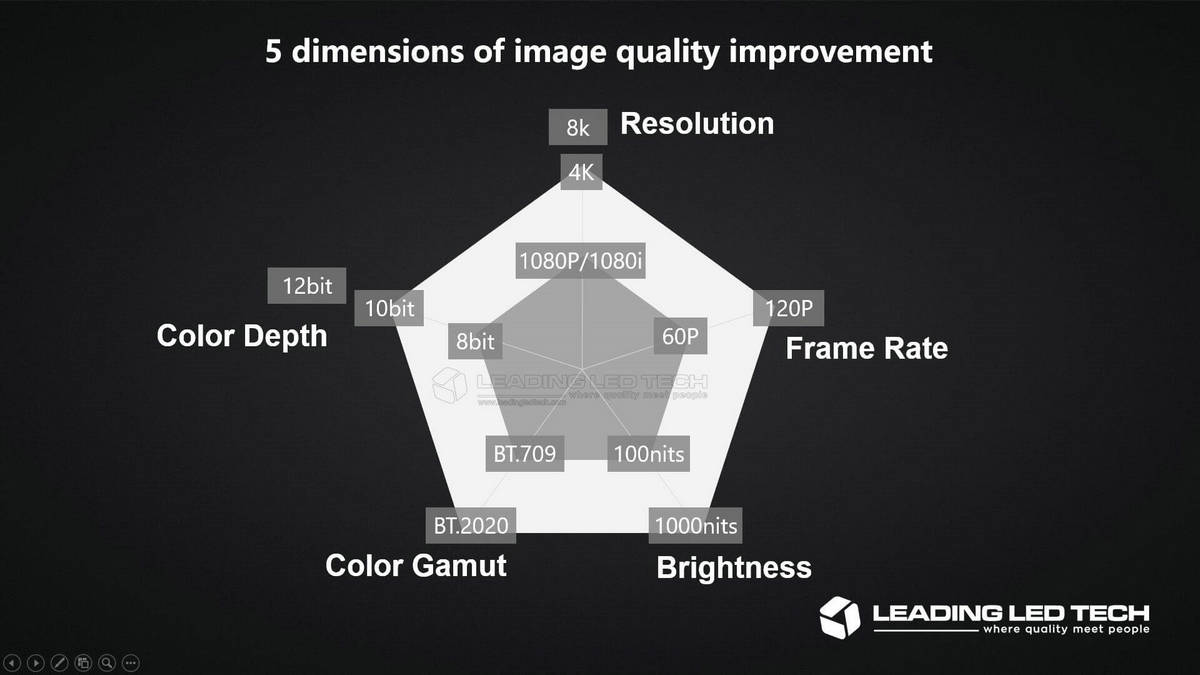
5 dimensions of image quality improvement
As a leader in the image processing industry, SONY has announced the standard for ultra-high definition quality, including five dimensions: resolution, color depth, color gamut, contrast and frame rate.
The Ultra HD Blu-ray standard req
uires a resolution of 4K, a color depth of 10bit, and a color gamut of BT.2020. Contrast is the requirement for HDR, and the frame rate is 60fps.
The following is the most difficult to understand color depth and color gamut:
HDR color depth
The Ultra High Definition Blu-ray standard specifies a color depth of 10 bits, which means it can display 1.07 billion colors.
Each color in RGB has 2 to the power of 10, which is 1024 levels. RGB three colors have a total of more than 1.07 billion (1024 × 1024 × 1024) color matching.
The ordinary Blu-ray standard SDR supports 8bit color depth, only 16.77 million colors, and the gap is wide. In other words, through the 10-bit output, the color is richer and fuller, and the level transition is smoother than the 8-bit.
HDR color gamut
Another concept corresponding to color depth is called color gamut. The former indicates the number of colors that can be displayed, and the latter indicates the range in which the colors can be displayed.
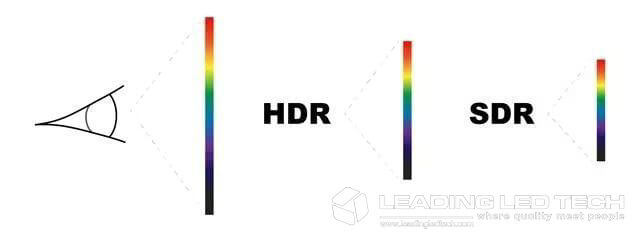
Color range comparison of human eyes, HDR, SDR
Color range comparison of human eyes, HDR, SDR
At present, the display color gamut covered by the civil LCD/OLED screen is about BT.709, which is equivalent to 95% NTSC color gamut (72% NTSC = 100% sRGB) promoted by mobile phone manufacturers. In the past two years, many mobile phones and laptops have begun to support the DCI-P3 color gamut, while the HDR color gamut standard is BT.2020.
The color reduction range of BT.709 and BT.2020 is shown below. The HDR standard BT.2020 color gamut far exceeds the existing SDR color gamut, enabling a richer range of colors to play a key role in enhancing the color and transition of the entire image.
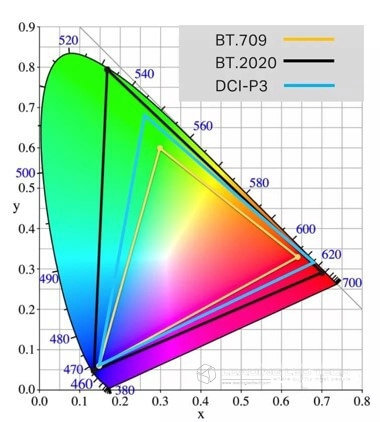
colour gamut
In the HDR standard that has been released, the color depth and color space are specified accordingly. The overall improvement of these parameters has led to a “better pixel” display.
What are the HDR industry standards?
HDR 10
HDR10 is currently the most popular HDR standard and is a mandatory format for the Ultra HD Blu-ray specification. The HDR standard supported by most HDR display devices refers to HDR10, which is also supported by Nova Technology.
HDR10 was announced by the American Consumer Technology Association on August 27, 2015 and has received support and recognition from monitor and TV manufacturers such as Dell, LG Samsung, Sharp, Sony and Vizio. Sony’s PS4 and X Box One S game consoles already support the HDR10 standard.
The HDR10 standard specifies a set of conditions for image restoration capabilities, including the 10Bit color depth and the BT.2020 color space we mentioned earlier. In addition, the display brightness is at least 1000 nits. Only when these conditions are met can you claim to be HDR10.
HLG
HLG is a “Digital Program Delivery” HDR standard jointly developed by British BBC Broadcasting Corporation and NHK, and its full name is Hybrid Log-Gamma (Mixed Logarithmic Gamma), which was launched in May 2015.
When developing HLG, the BBC and NHK took into account the biggest problem of broadcasting “transmission bandwidth”. HLG does not have a metadata part. It combines HDR signals into TV broadcast signals, is compatible with current broadcast equipment, and has no licensing fees. Therefore, it is suitable for digital broadcast of cable/satellite TV, even live broadcast, so that people can enjoy HDR effects when watching programs at home.
Dolby Vision
This is an ultra high definition Blu-ray TV standard developed by Dolby Laboratories. Unlike the open source HDR10, only Dolby Laboratories-certified devices can claim to support the Dolby Vision standard. The certification process requires payment to Dolby, and these costs are also indirectly calculated into equipment costs. Therefore, devices that support the Dolby Vison standard are generally expensive.
The color depth of the Dolby Vision standard is further increased to 12Bit, and the display needs to meet at least 4000 nits. The TVs that already support Dolby Vision ultra-high definition display are Sony, LG, etc.
What is the HDR requirement for the display?
The peak brightness of the display is ≥1000 nits
The minimum brightness of the display is ≤0.05 nits
Covering more than 90% of DCI-P3 color gamut space
The effect of high brightness is not only “shaking the eyes”, but also bringing more rich colors.
To understand the display, we have to stereoscopically quantify all the concepts. A chemical reaction can also occur between brightness and color. For example, real-world fireworks and flare centers are all colored, but if you use a display device with a lower brightness range to reproduce the scene, the color at the center of the fireworks and flares may not be expressed, it will only be a pale. This is because each brightness level contains different colors.
High brightness is only one quadrant of the dynamic range of brightness, and the other is extremely low brightness, which can give a deeper black. There is also a good level of control between this extremely high and very low brightness, which is the basic condition for implementing HDR technology. With this extreme brightness and level control, the color expression at extreme brightness can be more accurately expressed. The larger the range of brightness that can be accommodated, the more layers of brightness will be, and the same color and grayscale information will be more abundant.
LEDs have the advantage of a high brightness range that LCDs cannot match. In the gamut range, LEDs are also wider than LCDs. In the past, the biggest bottleneck restricting the application of HDR technology in the LED industry was the lack of processing systems capable of handling HDR dynamic range. Now, as the LED display industry leader, Nova is the first to develop a control system for processing HDR sources, which perfectly solves the application problem of HDR in the LED field.
The future of HDR technology
HDR is not an isolated technology, it specifies the processing requirements of image source, hardware decoding, and screen display for image signals. Therefore, the implementation of HDR technology requires the combination of the source, hardware decoding device and display device to form a processing system to achieve the final display quality!
Currently, HDR is the most widely used in the LCD industry. However, due to the lack of brightness of the LCD display, this innate technical bottleneck makes HDR not always achieve the best results in the LCD industry.
Although the LED industry has the brightness advantage that LCD can’t match, why is the LED industry not using HDR? As mentioned above, this is because the LED industry has not previously been able to handle the HDR source processing system, and thus has been restricting the LED industry’s application of HDR technology!
Now, with Nova Technology’s leading technology in HDR video source processing, coupled with the LED industry to show the brightness advantage of HDR, truly achieve a leap in the quality improvement of the LED industry!
In the future, HDR technology will be introduced into the display of 8K and higher standards by Nova Technology, combining “better pixels” with “more pixels” to redefine the display and lead the value upgrade of the entire industry.
A more realistic picture brings a more realistic experience, and a more realistic experience brings a more perfect communication effect, which in turn drives up the media value. The HDR era of LED display, Nova brings!



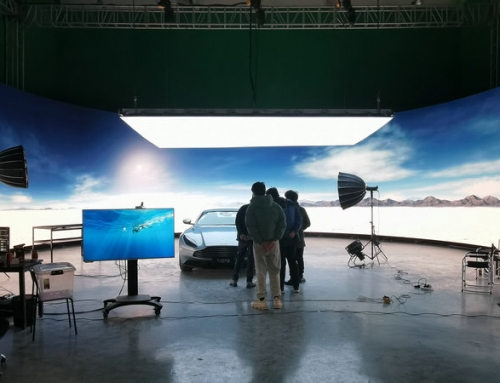

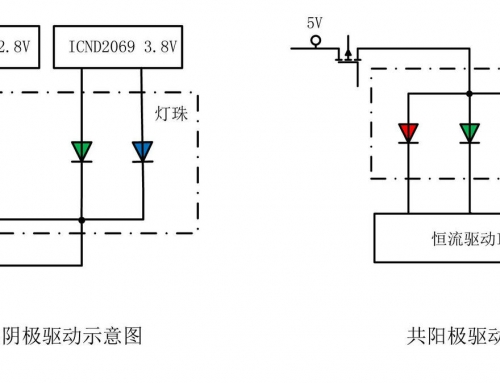
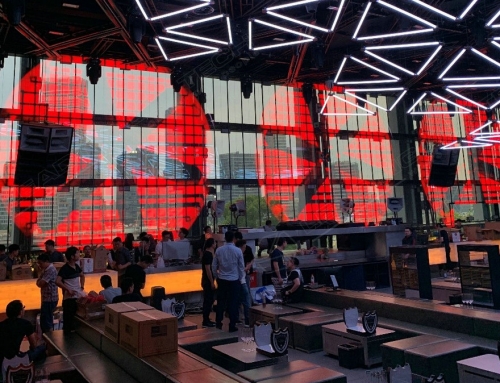

Leave A Comment
You must be logged in to post a comment.